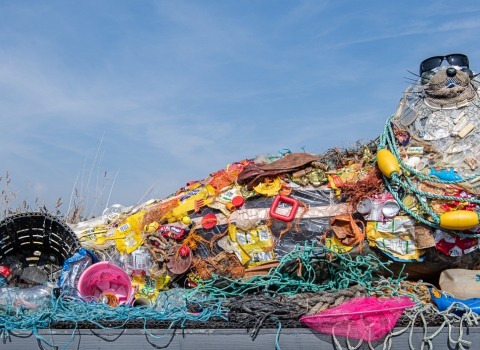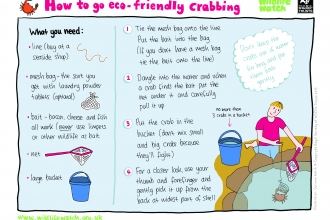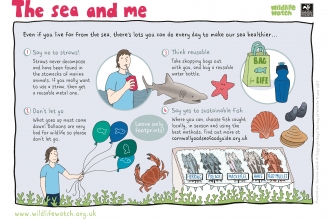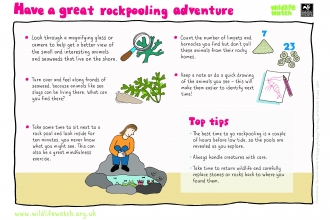Introducing Poly and Nurdle, our life-size seal sculptures made from rubbish collected along the Essex coast.
In 2019, we were delighted to unveil our seal sculpture made from rubbish by local artist Sue Lynas. The sculpture was named Poly to represent plastic itself such as polystyrene, polythene and polyester. Poly was then joined by her pup Nurdle, named appropriately after small plastic pellets polluting our seas and rivers.
Poly and Nurdle were on tour in Essex but now reside at The Naze Nature Discovery Centre.
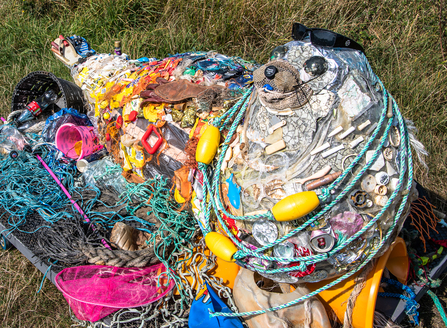
Image by Gary Howie
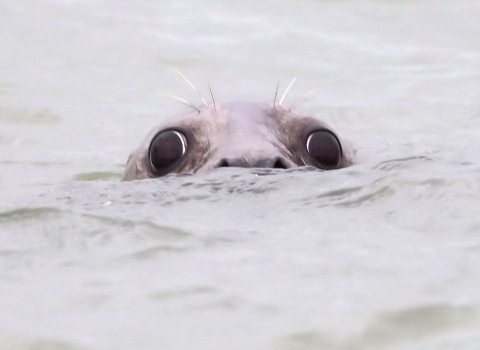
Photo: Andrew Armstrong
Seal sightings
The species often spotted here are grey seals; the larger of the two seal species to frequent our shores, the grey seal can be distinguished from the common by its larger size and longer head with a sloping 'Roman nose' profile.
Activity Sheets
Download our illustrated nature activity sheets and help marine wildlife.
A big thank you to The Colne Community School and College who raised over £200 for new beach clean equipment for Essex Wildlife Trust, and to our dedicated volunteers for taking part in regular beach cleans from The Naze Centre.

